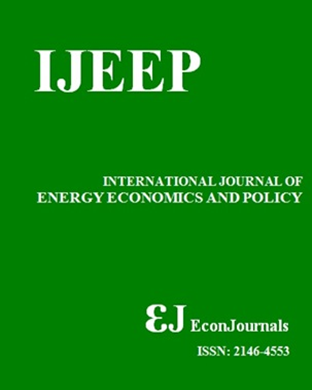Examining Capital Structure Determinants for ASEAN Energy Firms
DOI:
https://doi.org/10.32479/ijeep.14070Keywords:
Capital Structure, ASEAN, Static Model, GMM, Dynamic Model.Abstract
Increasing energy insufficiency is the main trench for the South East Asian countries. Though, there are rare empirical inquiries in relation to the energy firms’ capital structure determinants for the firms functioning in the Association of Southeast Asian Nations (ASEAN). Therefore, this study is an attempt to discover the capital structure determinants of energy firms that are functioning in the six key economies of ASEAN region which are Malaysia, Indonesia, Thailand, Philippines, Cambodia and Vietnam. In this setting, a total of 144 energy firms’ yearly Panel Data is involved over 14 years period from 2007 to 2020. The seven core determinants of capital structure, namely tangibility, return on equity, current ratio, non-debt tax shield, inflation and annual gross domestic product are inspected in relation to capital structure which is measured by ratio of debt to total asset. Employing both Panel Data models that are Static and Dynamic models via using robust estimator i.e. Generalized Method of Moments (GMM), the results reveal that tangibility and profitability are the most prominent determinants among all others. Evidently, the two newly introduced capital structure determinants that are inflation and energy consumption for ASEAN region energy firms are also reported significant by dissimilar estimators. The significant character of tangibility, profitability and lagged dependent variable directly infers the relevance of Dynamic Trade-Off theory. The findings provide new ways for policy makers to construct parallel strategies which will not only help out to overcome the energy scarcity issues but also to enhance regional level integration.Downloads
Published
2023-05-17
How to Cite
Ghani, E. K., Hye, Q. M. A., Rehan, R., & Salahuddin, S. (2023). Examining Capital Structure Determinants for ASEAN Energy Firms. International Journal of Energy Economics and Policy, 13(3), 129–140. https://doi.org/10.32479/ijeep.14070
Issue
Section
Articles




